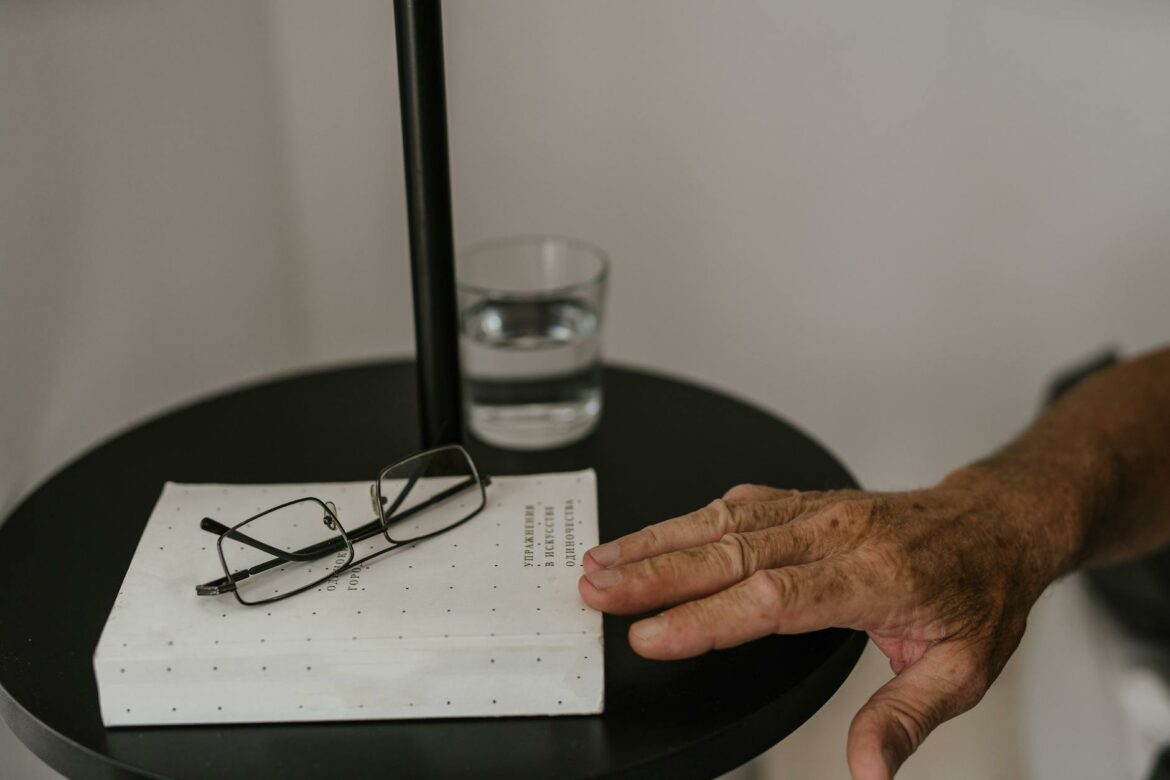Imagine stepping out of your front door into the brisk morning air, the sun casting a golden hue across the neighborhood. Birds flit from tree to tree, and the scent of dew-kissed grass fills your lungs. As you slip on a pair of sleek augmented reality (AR) glasses, the world around you transforms. Information overlays seamlessly blend with your physical surroundings—directions to your favorite coffee shop appear in the corner of your vision, notifications from friends pop up as they message you, and a weather forecast gleams brightly in the sky. This is the promise of AR glasses: a blend of the digital and the tangible that positions you at the intersection of technology and daily life. But what does living with AR glasses truly look like? After a week of wearing them, I can share both the enchanting and the frustrating realities of this emerging technology.
On that first day, the novelty is palpable. My AR glasses, lightweight and stylish, feel like a natural extension of my senses. The setup is surprisingly straightforward: a quick pairing with my smartphone, and I’m ready to explore. As I walk through the local park, the glasses detect my location and offer a virtual tour of the flora. “Did you know that the oak tree can live for over 200 years?” an overlay quips. It’s delightful—my casual stroll has transformed into an interactive learning experience. I find myself pausing at various trees, absorbing their history, captivated by the way technology fuels my curiosity.
However, moving past the initial thrill, I quickly face some challenges. By day three, I start to notice that the novelty wears off a bit. While navigating busy sidewalks, I struggle to balance my attention between the digital overlays and the physical world around me. I observe people bumping into each other on the streets, their faces buried in their devices. It’s a slight echo of that moment—where I narrowly avoid a lamppost because I was distracted by a notification about a friend’s new blog post. It’s a stark reminder that while the AR experience can enhance reality, it can also distract from it. The glasses have a way of demanding my attention at the most opportune moments, throwing up overlays for events or notifications that can lead to genuine disconnects with my environment.
Throughout the week, I test the glasses in different settings. At the grocery store, they become more of a helpful companion. As I stroll down the aisles, grocery lists appear, marked with items I need. A small icon pops up, suggesting recipes based on what’s in my cart. The tech is designed to streamline the shopping experience, and I appreciate it—even if I sometimes find myself swiping away overlays as I search for that elusive jar of peanut butter. It’s a balancing act: the glasses are meant to simplify, but their very presence can complicate the process.
One evening, I decide to host a casual dinner for friends. I can’t resist the temptation to showcase my new gadgetry. As the evening unfolds, I employ the glasses to add a fun twist to our gathering. With the camera function, I create a mini photo booth experience, allowing my friends to take digital selfies layered with quirky AR effects—everything from silly hats to cartoonish speech bubbles. Laughter erupts as we snap photos, and for a moment, the glasses become a bridge, enhancing our enjoyment rather than detracting from it. Yet I can’t ignore the lingering question of how much I should rely on these devices to foster social interaction. Are we enjoying each other, or are we too busy capturing the moment for later?
Midway through the week, I venture out for a hike with friends in a nearby nature reserve. The glasses promise a whole new level of immersion—detailed maps, information about wildlife, and tracking features. As we ascend the trail, the glasses prompt me to share my location with friends, encouraging group cohesion. I scan for the nearest viewpoint, and my path is guided by augmented arrows on the trail—what a thrill! However, the tech has its hiccups. As we reach the scenic overlook, the glasses malfunction. Suddenly, they freeze, the image stuttering, leaving me squinting at an unresponsive screen while my friends continue to enjoy the panoramic view. In that moment, the world of nature feels more vibrant than the digital overlays that promised to enhance it.
As the week draws to a close, I reflect on my experience. The biggest takeaway is that AR glasses, like any technology, come with their own set of pros and cons. They have the potential to enrich everyday experiences—offering information at our fingertips, assisting with navigation, and even facilitating social connections. Yet, they also risk overwhelming us with distractions, pulling us away from the present moment and complicating simple tasks. It’s a dance between technology and reality, one that requires mindfulness to get right.
I find myself pondering the future of AR glasses in our daily lives. Will they become as ubiquitous as smartphones, seamlessly integrating into our routines? Or will they remain a novelty, cherished but ultimately sidelined? My week with them has given me a taste of both the captivating and the chaotic aspects of augmented reality. As I take off the glasses for the last time, I can’t help but feel a sense of optimism mixed with caution. There’s something undeniably exciting about the future—where our surroundings can be enhanced by layers of information, moments sparked by digital interactions.
As I step back into the world sans AR, I realize I have gained a greater appreciation for both the technology and the tangible. The trees, the laughter, the sunset—these things require no enhancements to be beautiful. Perhaps the key lies in finding a balance—a way to cherish the wonder of our surroundings while embracing the potential of innovation.

